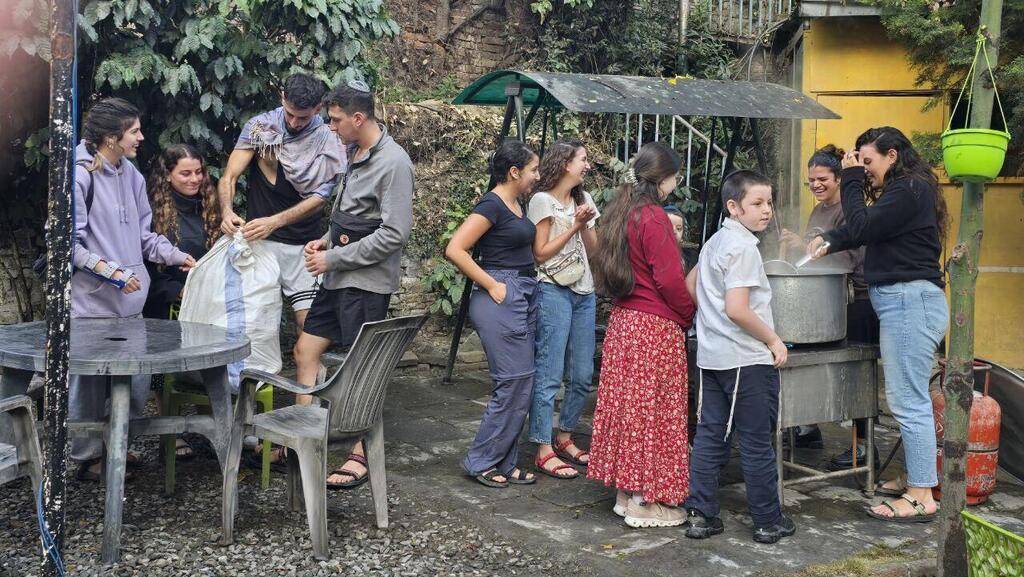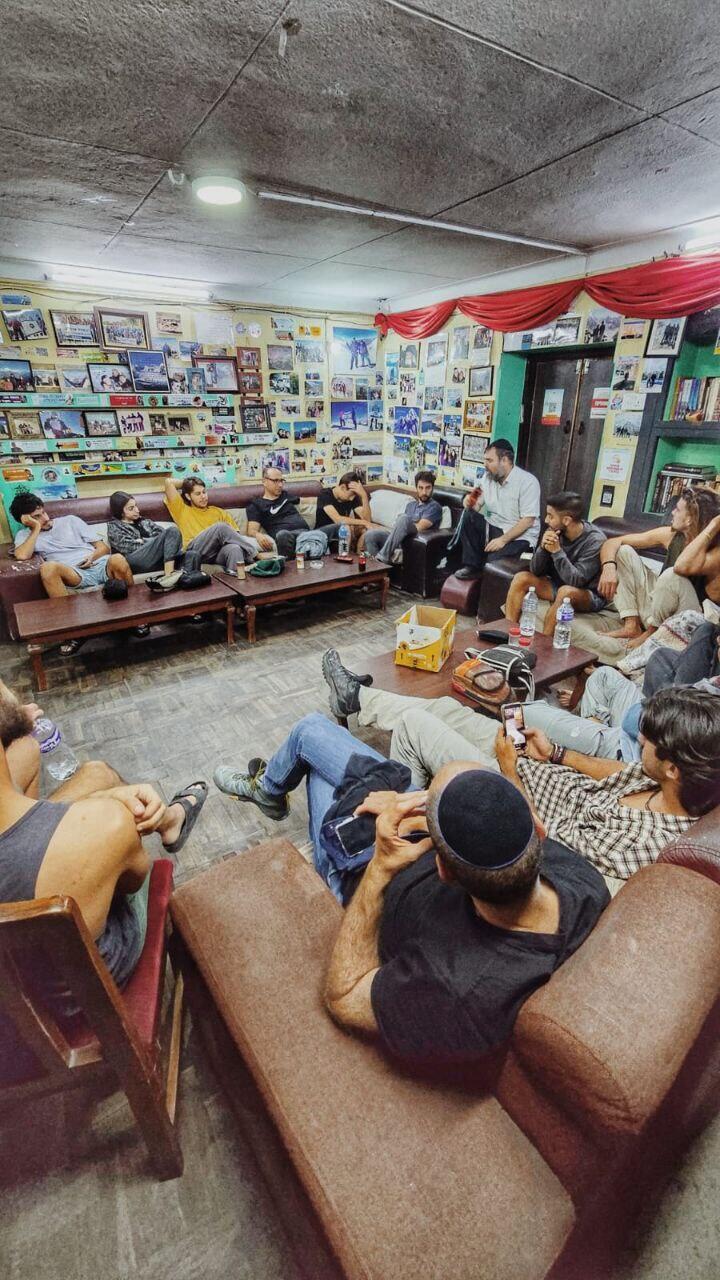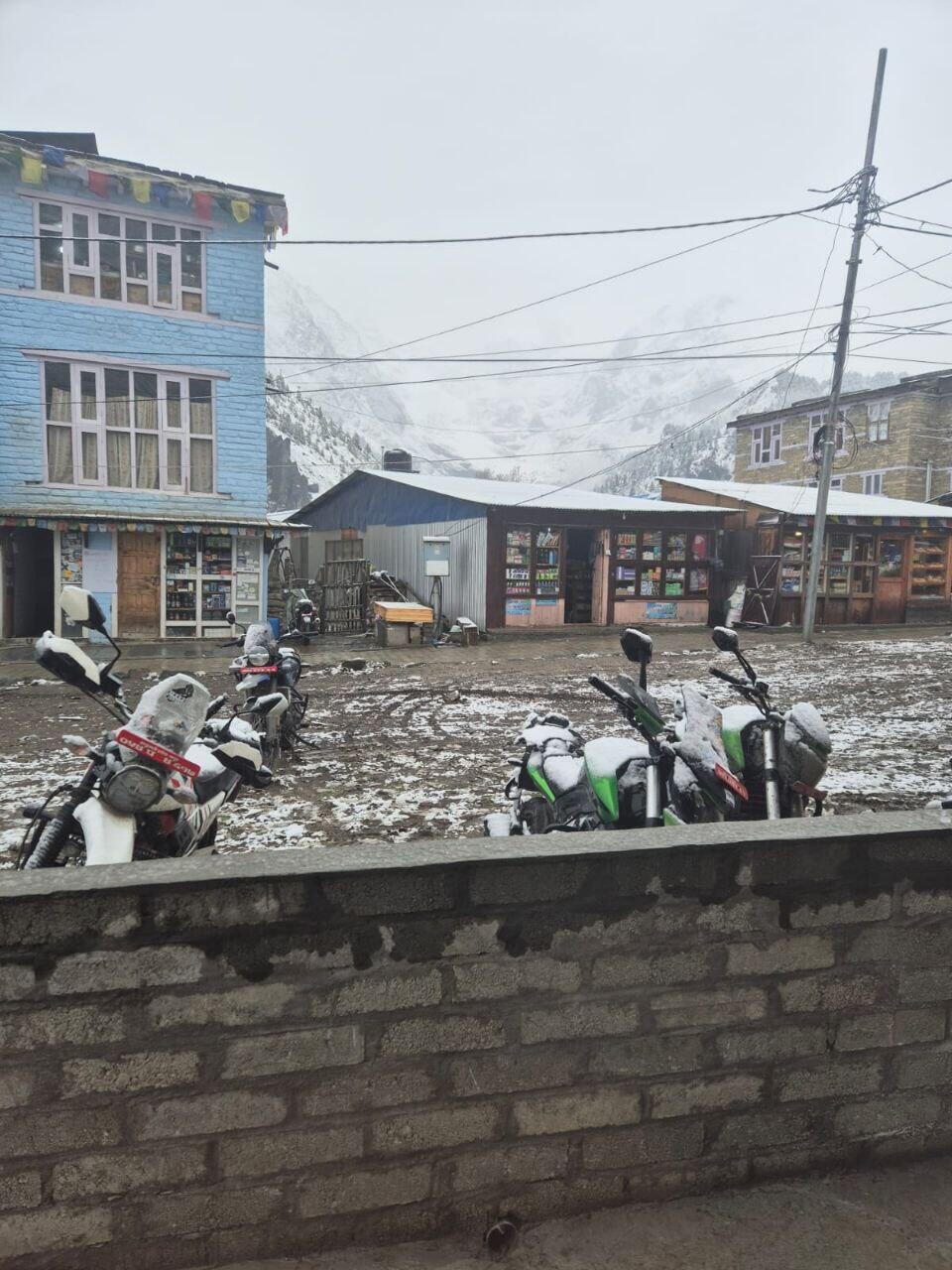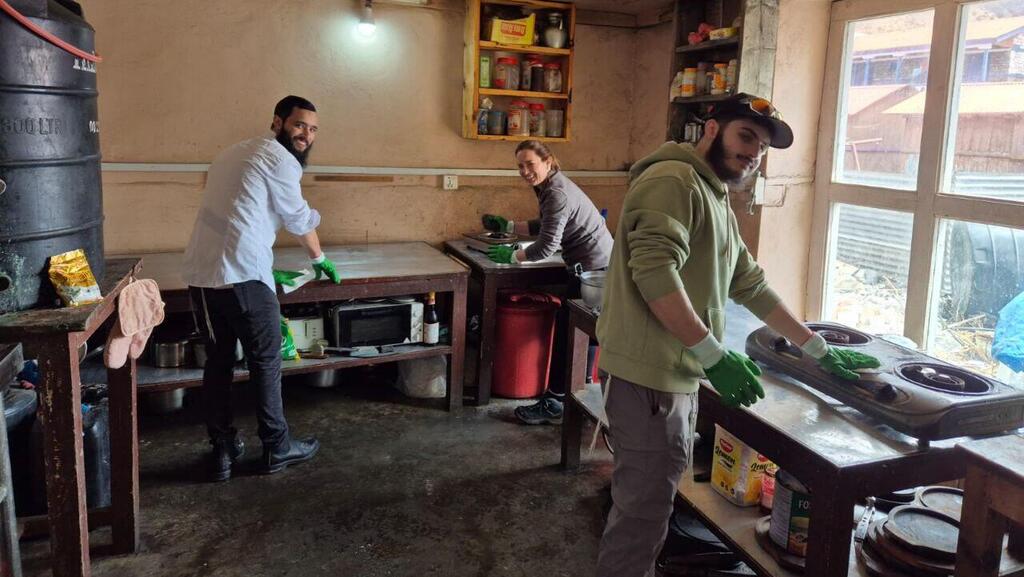Preparations have been underway for months, with logistical efforts beginning two months ago to transport matzah, wine and other Seder essentials. The events are being organized by thousands of Chabad emissaries in locations ranging from major cities to remote areas, some hosting exceptionally large crowds. In Thailand, for instance, Seders are expected to attract a combined 12,500 participants.
The largest Seder in the world will take place in Kathmandu, where more than 2,500 backpackers have registered. It will be led by Chabad emissaries Chazki and Chani Lifshitz. Another Seder for 300 travelers will be held in Pokhara.
But what organizers call the most moving Seder will take place in the Himalayan village of Manang, at an altitude of around 11,500 feet (3,500 meters), where about 100 hikers are expected to join. “We won’t forget a single Jew,” the Lifshitzes said. “At all three Seders we’re organizing, we’ll remember the hostages and the wounded and pray for them.”
Get the Ynetnews app on your smartphone: Google Play: https://bit.ly/4eJ37pE | Apple App Store: https://bit.ly/3ZL7iNv
In Peru, nearly 2,000 people are expected to attend Seders in both major cities and remote villages. In Argentina, dozens of Seders will be held, including seven organized by Rabbi Sigalov in small towns across the country in an effort to reach even the most isolated Jewish communities. In Israel, Chabad will hold more than 500 public Seders.
“Whether in major cities or remote towns, Chabad’s communal Seders offer a warm, welcoming, and meaningful experience with hospitality, song, and a strong sense of Jewish unity,” one emissary said. “Despite the ongoing war and rising antisemitism, we’re seeing growing interest from Jews around the world who want to come together on Passover night to celebrate freedom and togetherness.”







